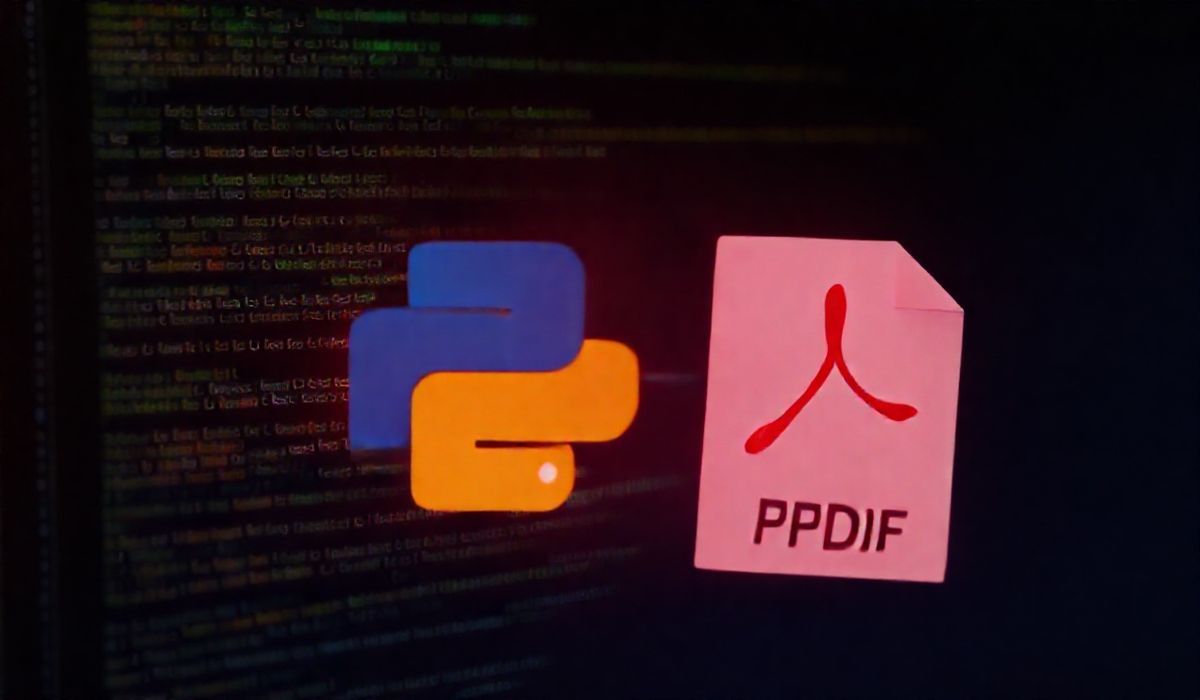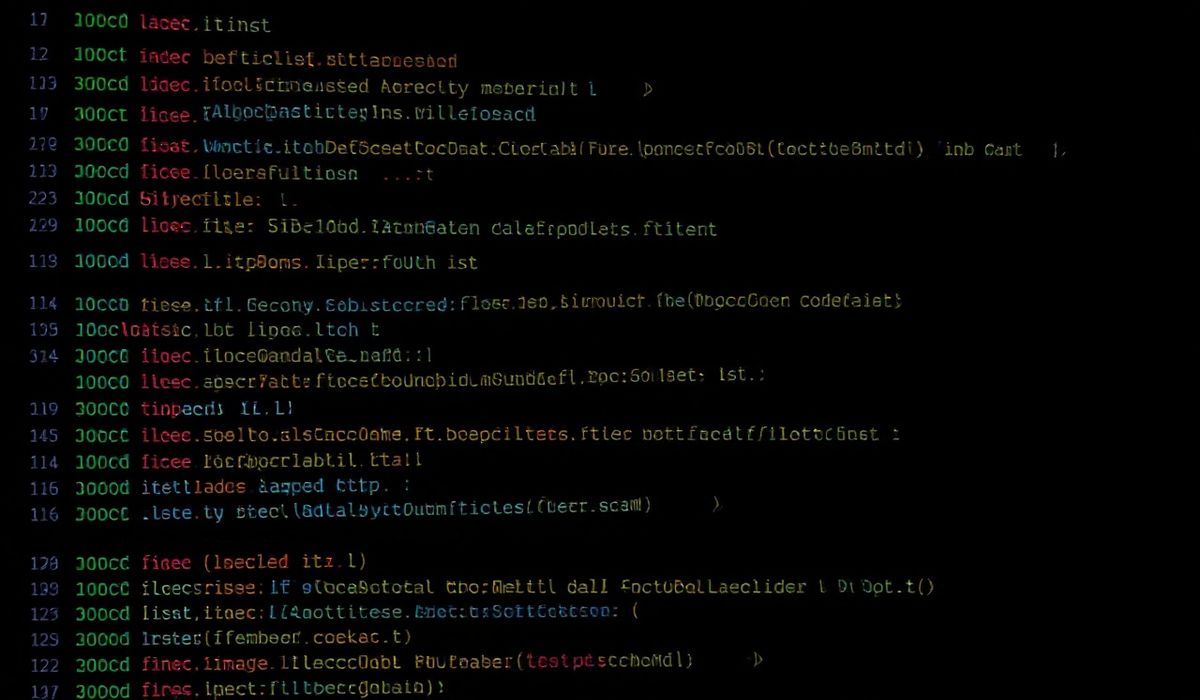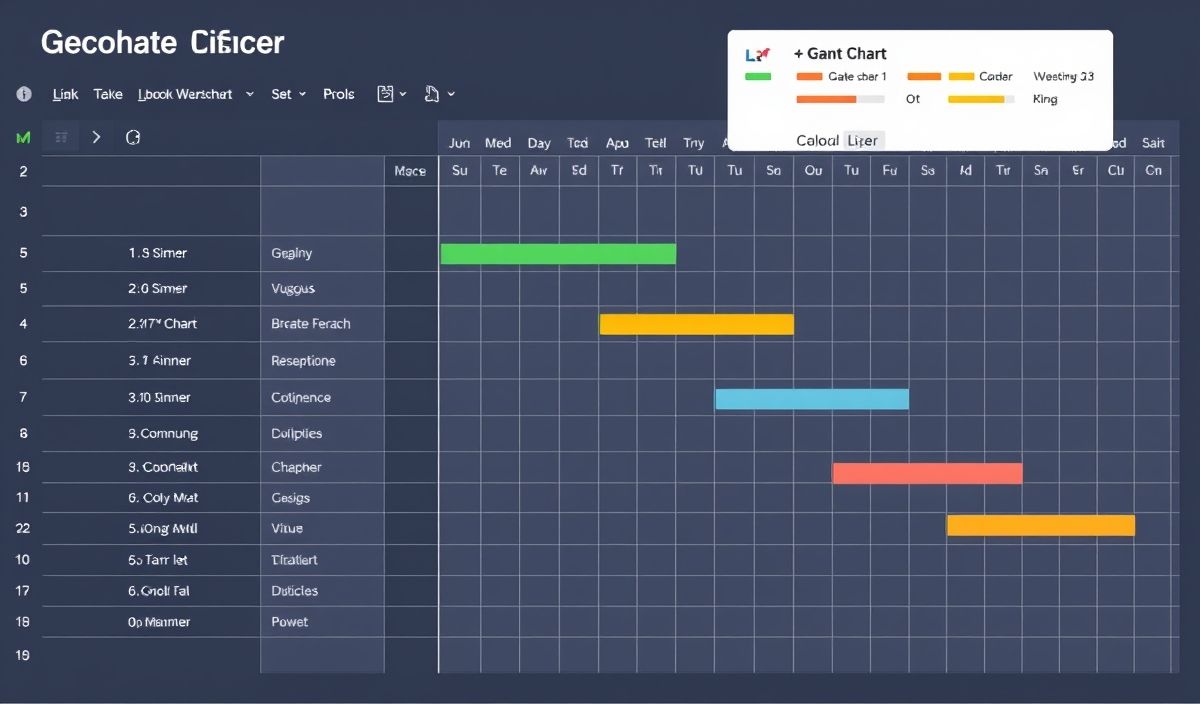Introduction to Xhtml2pdf
Xhtml2pdf is a Python library that allows developers to create, convert, and manipulate PDF documents from HTML and CSS content. It is particularly useful for generating PDF reports, invoices, and other documents dynamically in web applications. With Xhtml2pdf, you can harness the power of familiar web technologies like HTML and CSS to design and style your PDF documents with ease.
Getting Started with Xhtml2pdf
To use Xhtml2pdf, you first need to install it via pip:
pip install xhtml2pdf
Basic Usage
Here’s a simple example of converting HTML content to a PDF document:
from xhtml2pdf import pisa
# Function to convert HTML to PDF
def convert_html_to_pdf(source_html, output_filename):
with open(output_filename, "wb") as result_file:
pisa_status = pisa.CreatePDF(source_html, dest=result_file)
if pisa_status.err:
print("Error during conversion")
else:
print(f"PDF successfully created: {output_filename}")
# Sample HTML content
html_content = """
Hello, Xhtml2pdf!
This is a sample PDF generated using Xhtml2pdf.
"""
# Convert the HTML content to a PDF
convert_html_to_pdf(html_content, "output.pdf")
Working with Templates
You can also use HTML templates to generate dynamic content:
from jinja2 import Template
from xhtml2pdf import pisa
# HTML template with placeholders
html_template = """
Invoice
Customer Name: {{ customer_name }}
Amount Due: ${{ amount_due }}
"""
# Rendering the template with data
def generate_invoice(data, output_filename):
template = Template(html_template)
html_content = template.render(data)
with open(output_filename, "wb") as result_file:
pisa_status = pisa.CreatePDF(html_content, dest=result_file)
if not pisa_status.err:
print(f"Invoice generated successfully: {output_filename}")
# Example usage
invoice_data = {
"customer_name": "John Doe",
"amount_due": 150.75
}
generate_invoice(invoice_data, "invoice.pdf")
Adding Images to PDF
Including images in your PDF is straightforward:
html_content = """
PDF with Images
 """
convert_html_to_pdf(html_content, "pdf_with_images.pdf")
"""
convert_html_to_pdf(html_content, "pdf_with_images.pdf")
Highlighting Dozens of Useful APIs
Xhtml2pdf comes with several methods and options to customize your PDFs. Here are some notable functionalities:
- Supporting CSS for advanced styling.
- Adding headers and footers using HTML and CSS.
- Embedding fonts in PDF documents for improved readability.
- Handling tables and other complex layouts.
- Support for external CSS stylesheets and inline styles.
Example with Styling
You can use inline CSS or link external stylesheets for better control over the PDF content:
html_content = """
Styled PDF Example
This PDF uses an external stylesheet for styling.
"""
convert_html_to_pdf(html_content, "styled_example.pdf")
Example Web Application Using Flask and Xhtml2pdf
Let’s build a basic Flask web app that generates a PDF dynamically:
from flask import Flask, render_template, request, make_response
from xhtml2pdf import pisa
app = Flask(__name__)
@app.route("/")
def index():
return """
"""
@app.route("/generate", methods=["POST"])
def generate_pdf():
name = request.form.get("name")
html_content = f"""
Welcome, {name}!
This is your personalized PDF.
""" response = make_response() result = pisa.CreatePDF(html_content, dest=response) if not result.err: response.headers["Content-Type"] = "application/pdf" response.headers["Content-Disposition"] = "inline; filename=output.pdf" else: response = f"Error during PDF generation" return response if __name__ == "__main__": app.run(debug=True)Conclusion
Xhtml2pdf is a powerful library for generating high-quality PDFs in Python using HTML and CSS. Whether you’re working on automated invoice generation or dynamic PDF reports, Xhtml2pdf makes the process efficient and straightforward. With these examples and tips, you’re ready to start building robust PDF functionalities in your Python projects.




